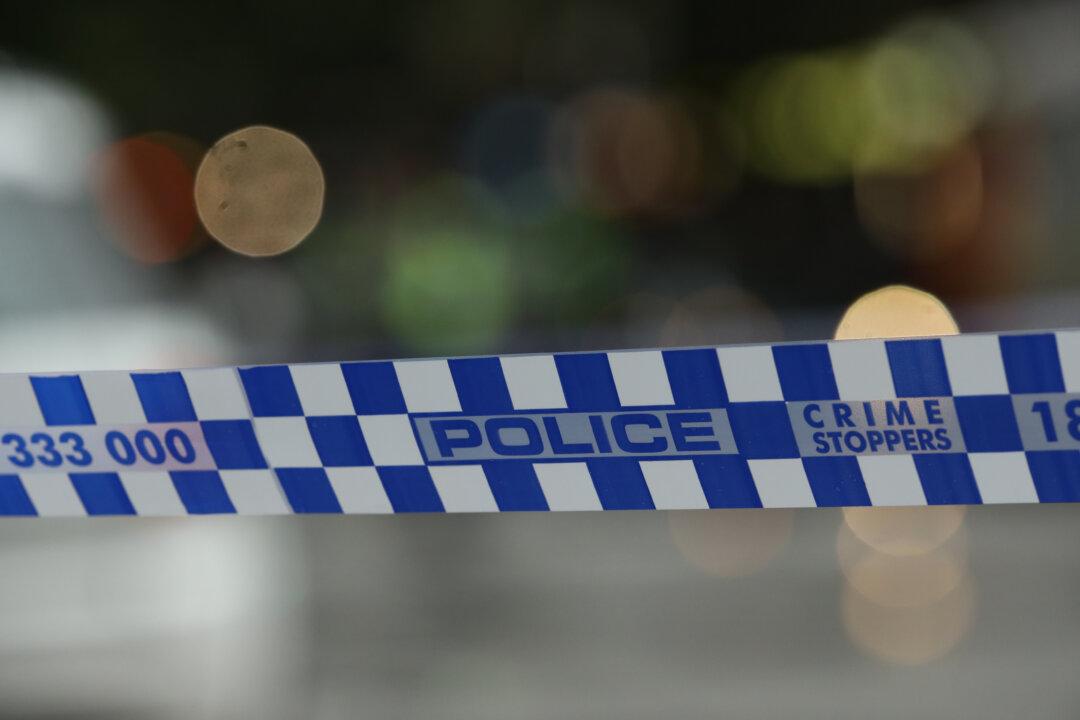While mustering livestock with drones isn’t new in Australia, autonomous drones could soon have lift-off if an Australian company has its way.
For the past six months at a Wagga Wagga property in the NSW Riverina region, Sphere Drones has been trialling autonomous drones with a spotter in place, mustering 500 head of beef cattle at a time.





